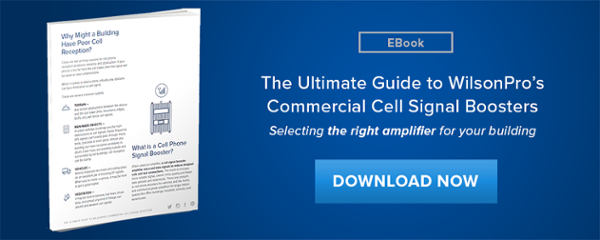It's possible to resolve poor cell phone signal strength on many projects by using a passive Distributed Antenna System (DAS) consisting of a single booster and a few strategically-positioned indoor antennas. However, some larger buildings and more complicated projects require a more robust system. How can you provide improved cell phone signal strength, while still keeping costs low?
The answer is - a zonal approach. A zonal approach deploys multiple boosters in a single large area. Installing in zones with multiple boosters and cables ensures the same level of strong, consistent, quality cellular signal throughout an entire building. In fact, because each system is independent and can be installed separately from the others, the zonal approach can improve coverage in almost any sized space and provide connectivity for all carriers. This is the ideal strategy when you're working on a project in a building over 25,000 to 45,000 square feet.
Hospitals are particularly great candidates for the zonal approach, with their typically spread out campuses and wings. On a hospital project, you could deploy a single amplifier and antennas in a 25,000 to 35,000 square foot wing. By taking the zonal approach and adding another system or systems in other areas of the campus, you can cover the whole building, even if it is in the range of 150,000 to 200,000 square feet total.
Factoring in such elements as outside signal, amplifier and antenna gain, and cable and splitter loss will help you set up the system for maximum performance. Choosing the right indoor antennas and efficiently running cable can also have a significant impact on system performance.
Each building dictates unique installation requirements, and WilsonPro is here to help. To learn more about the cell phone signal booster installation process, join one of their technical webinars, held every Thursday. Or, download the WilsonPro eBook to learn more about the parts, accessories and installation process of a signal booster system.



.png?width=58&height=58&name=X_logo_2023_(white).png)
